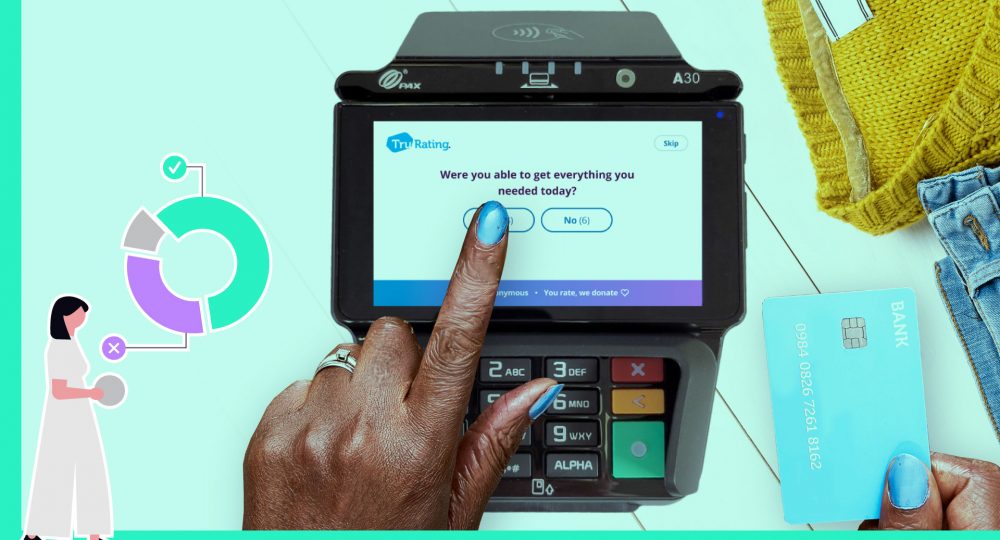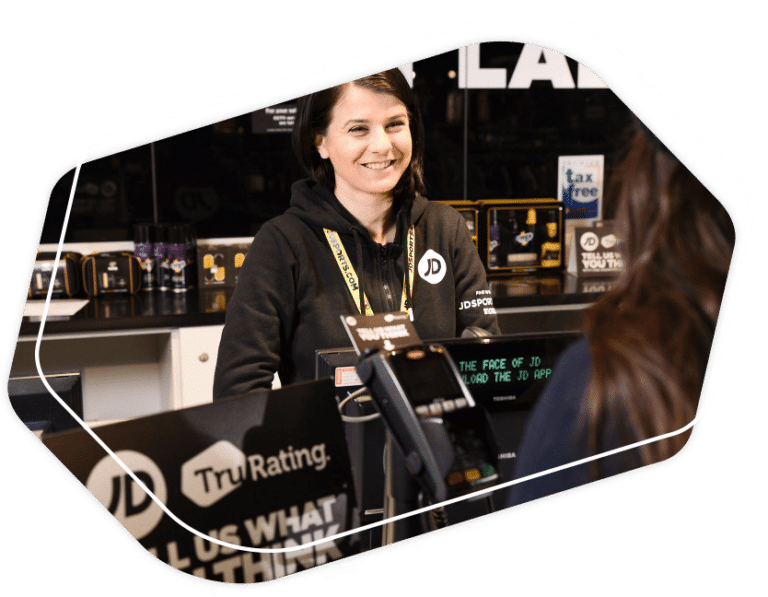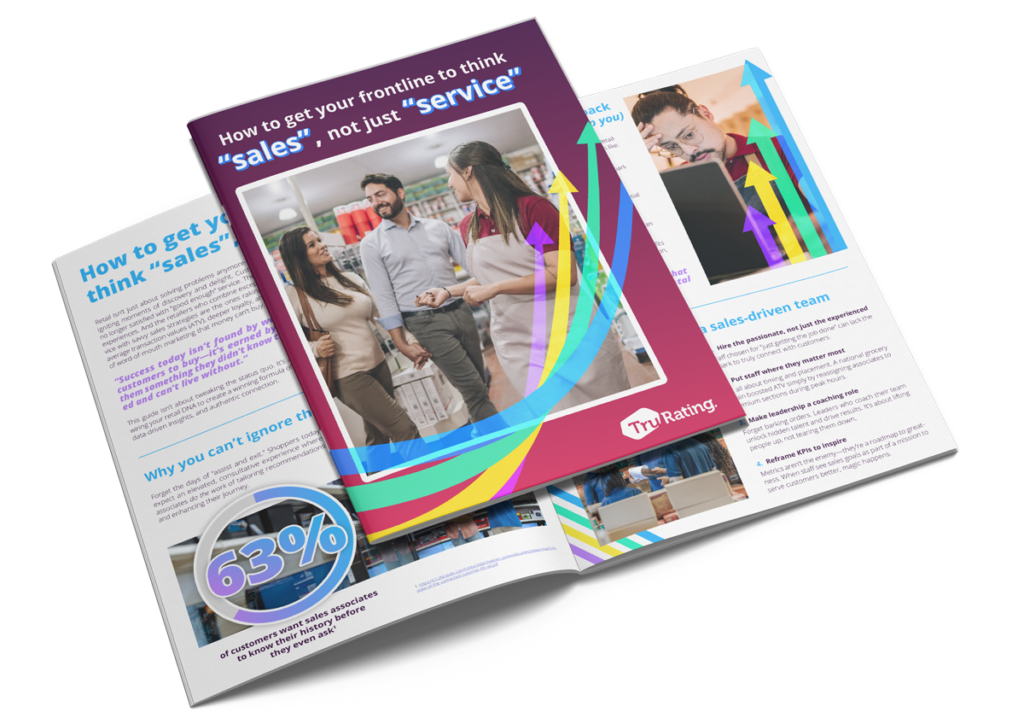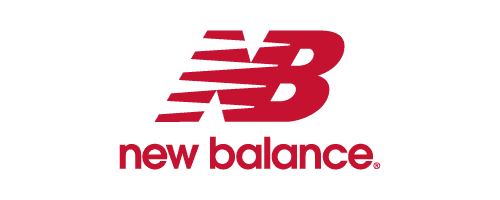
Walk into almost any retail business today, and you’ll hear the same frustration echo across store teams:
“We’ve trained the staff.”
“We’ve rolled out the modules.”
“We’ve ticked every box… so why aren’t the numbers moving?”
Because training isn’t the problem, retail coaching is. Many retailers invest heavily in retail training programs, yet few see lasting performance improvement. The issue isn’t knowledge, it’s conversion. Training transfers information, but coaching in retail translates that knowledge into consistent, on-the-floor behaviors that drive measurable results.
Retail coaching is the bridge between knowing and doing, between instruction and execution. It’s where operational strategy becomes customer experience. The best retailers know that coaching retail employees isn’t just about motivation, it’s about measurable retail performance improvement. When leaders focus on developing observable skills through ongoing sales floor coaching, they unlock the behaviors that directly impact conversion, ATV, and loyalty.
For retail leaders, this shift is pivotal. Effective retail coaching skills transform managers from taskmasters into performance multipliers; true retail coaches who build habits, confidence, and accountability, not just compliance. When every store manager development plan embeds coaching as a daily rhythm, the result is a culture of growth that shows up in customer satisfaction, team engagement, and the bottom line.
Why retail coaching matters
Traditional training models were designed for a slower world. Classroom sessions, mystery shops, and monthly surveys gave the illusion of control, but offered little ability to course-correct in the moment. Today, that lag is lethal. Customer expectations reset daily. Promotions shift weekly. Leaders must now know, in real time, whether store teams are doing the things that directly drive conversion, loyalty, and growth.
That’s where coaching retail employees becomes the critical differentiator. Coaching in retail isn’t a soft skill. It’s a commercial skill. When store managers coach behaviors (not just enforce standards), teams deliver stronger conversion, higher ATV, and better customer experience outcomes. In short, retail coaching transforms leadership from reporting to performance impact.
Retail coaching scenarios
Every store tells a story. And most stories follow familiar retail coaching scenarios:
- The silent store – associates hang back, afraid to engage. Conversion drops, not because traffic is low, but because confidence is.
- The inconsistent store – one shift nails execution; the next one drifts. Standards fluctuate, customers notice, and ATV suffers.
- The complacent store: – “We’re doing everything right”, yet sales say otherwise. The issue isn’t intent; it’s blind spots.
These are the realities operations leaders face daily. They’re not solved by another training video. They’re solved by coaching retail behaviors in real time, focusing on small, observable actions that build consistency shift-to-shift. Retail coaching scenarios usually come down to three gaps:
- Visibility – leaders can’t see what’s really happening on the floor.
- Focus – teams are juggling too many priorities.
- Feedback – data comes too late to act.
When retail coaching is grounded in live feedback, leaders can isolate performance friction and act fast. Instead of waiting for a post-month survey, they can connect behaviors (like greetings, product recommendations, or fitting-room assistance) directly to results. That’s how retail coaching transforms reactive management into proactive leadership. Effective coaching in retail starts with this mantra: see it, coach it, measure it.
Retail coaching skills
Let’s talk about the skills that define effective retail coaches. Whether you’re an HR leader developing store manager programs or an operations executive driving consistency across 500 locations, the same fundamentals apply. Retail coaching skills center on three capabilities: clarity, empathy, and accountability.
- Clarity – teams can’t deliver what they can’t define. “Deliver great service” isn’t coachable. “Offer three product options and describe three benefits” is. Precision is what turns aspiration into action.
- Empathy – emotional burnout is a challenge, and coaching is emotional intelligence in motion. Associates don’t resist feedback because they don’t care; they resist because they fear failure. The best coaches create psychological safety by providing space to practice, fail, and try again.
- Accountability – great retail coaching links behavior to performance metrics. When managers say, “Our conversion is 20%, target is 23%, and greeting every customer is how we’ll close the gap,” they make accountability actionable.
These coaching skills separate good leaders from great ones. They turn managers into multipliers, people who replicate performance through others. The most successful store managers share one thing in common… They treat coaching as the highest-leverage activity of their day. Scheduling allocates hours. Coaching converts them.
Retail sales coaching
If you want to see the commercial impact of coaching in retail, just look at the sales floor. Retail sales coaching is where abstract leadership theory becomes financial performance. Sales floor coaching isn’t about policing; it’s about pattern recognition. What’s happening when conversion spikes? Which associates are consistently achieving higher basket sizes? What behaviors differentiate top performers from the rest? The answers are rarely mysterious, they’re behavioral. Top stores consistently demonstrate a few high-impact habits:
- They greet every customer promptly
- They make relevant product recommendations
- They ask for the sale confidently
- They close with gratitude
These are simple, measurable actions, but they require reinforcement. That’s where sales floor coaching proves its worth. Retailers who invest in retail sales coaching can turn staff behaviors into measurable growth levers. When you can correlate a specific behavior with an uptick in conversion or ATV, coaching moves from “nice-to-have” to “essential growth strategy.”
For HR and operations leaders, this also reframes the ROI of training. Instead of evaluating completion rates or knowledge retention, you can evaluate behavioral adoption and its link to commercial outcomes. That’s how we make coaching a revenue conversation, not just a people conversation.
Retail coaching tips
For coaching to truly embed, it needs rhythm. Here are some retail coaching tips that turn intent into execution:
1. Focus on one behavior at a time
Coaching fails when it becomes overwhelming. Pick one behavior, like greeting, add-on suggestions, or benefit-led selling, and make it the week’s focus. Simplicity accelerates adoption.
2. Use real-time feedback
Retail coaching only works when the loop between action and feedback is tight. Use customer feedback collected at checkout to verify whether the behavior happened. This turns coaching from subjective to scientific.
3. Coach daily, not quarterly
The best retail store employee coaching doesn’t wait for a review cycle. Five minutes per shift can transform results. A short huddle, one micro-drill, and one metric are often all it takes.
4. Make coaching a team sport
Coaching retail employees works best when it’s shared. Encourage peer-to-peer recognition. Let associates coach each other. The moment coaching becomes collaborative, it becomes cultural.
5. Celebrate behavior, not just results
Recognition builds repetition. When managers celebrate a behavior, not just the sale it produced, they reinforce what drives growth.
6. Turn data into dialogue
Real-time insights matter, but only if they fuel meaningful conversations. If customer feedback shows that “recommendation rates” dropped 10% yesterday, discuss it in the next huddle. Ask why. Listen. Then re-practice the behavior together.
7. Coach with curiosity
Curiosity disarms defensiveness. Instead of saying, “Why didn’t you greet that customer?”, ask, “What made you hold back just then?” It’s the difference between compliance and coaching.
When these retail coaching tips are practiced consistently, something powerful happens…. Teams start to self-correct. They begin spotting opportunities themselves. That’s when coaching culture truly takes hold.
Coaching retail employees for long-term impact
Retail coaching isn’t a one-off exercise; it’s a sustained operating system. The goal is to hardwire coaching into the everyday flow of the business, to make it part of how stores run, not an occasional event. When retail coaching is done well, it drives measurable impact in three areas:
- Retail performance improvement – coaching ensures execution consistency across every region, shift, and format.
- Employee engagement in retail – associates feel seen, supported, and accountable. Engagement becomes intrinsic, not enforced.
- Frontline staff development – coaching creates future leaders by teaching managers how to develop people, not just manage tasks.
At the organizational level, this builds a culture of continuous improvement, where every store is both a classroom and a performance lab. It’s how retailers move from sporadic wins to sustained growth.
Coaching to improve retention
Establishing a coaching culture doesn’t just improve performance metrics; it strengthens employee retention and builds a culture of genuine happiness. When employees feel supported, valued, and able to achieve their goals, they create better experiences for customers.
The link between employee engagement and customer satisfaction is undeniable. Costco, for example, has proven that investing in people through both compensation and culture isn’t just good for employees, it’s good for business. While average retail turnover hovers around 60%, Costco’s is just 8%, a testament to how a strong employee culture fuels exceptional customer experiences.
Happy employees equal happy customers, and coaching plays a pivotal role in that equation. When retail coaching is embedded in daily operations, it reinforces confidence, belonging, and pride on the sales floor. Associates feel empowered, managers feel purposeful, and customers feel the difference. In short, a culture of coaching is a culture of performance, one where growth, engagement, and loyalty all rise together.
Retail operations coaching – the manager multiplier
When managers coach effectively, they create exponential impact. One coaching moment replicates across an entire team, across every shift, every day. That’s the multiplier effect of retail operations coaching. But for that to happen, leaders need visibility. They need data that shows which behaviors are happening and which are slipping — not quarterly, but daily. They need coaching tools that connect performance to behavior, so they can recognize, correct, and reinforce in real time.
Modern retail coaching tools make this possible. They turn anecdote into evidence and help field leaders prioritize where to focus. Instead of “visit every store,” they can “visit the stores where behavior gaps are widening.” That’s how coaching retail employees becomes operationally scalable and commercially measurable.
From training to transformation – the retail coaching mindset
The mindset shift is simple but profound: stop training for knowledge; start coaching for behavior. Training informs. Coaching transforms. Retail coaching reframes what leadership means in a high-velocity retail environment. It replaces the myth of control with the practice of influence. It trades compliance for curiosity. It transforms the role of a manager into that of a coach, someone who measures success not by how many modules were completed, but by how many habits stuck. When coaching becomes embedded in everyday practice, you see it in the culture:
- Associates anticipate needs before customers ask.
- Managers give live feedback, not post-hoc reviews.
- Leaders celebrate behaviors that drive commercial outcomes.
That’s how a retail business scales consistency without sacrificing humanity.
TruCoaching – turning focus into measurable change
We’ve seen it again and again. Retailers don’t fail because of poor strategy; they fail because of inconsistent execution. Every leader knows this truth intuitively. The challenge isn’t designing great initiatives; it’s making sure they’re lived out consistently on the sales floor. That’s where TruCoaching comes in.
TruCoaching isn’t another training tool or LMS module. It’s a coaching system built on live customer feedback, transforming data into daily direction for store teams. While many retailers are turning to AI-driven training platforms, most of these initiatives are still focused on theoretical knowledge rather than in-the-moment behavioral change. AI training models can teach the “what” and the “why,” but they rarely capture the “how”, which is the real-world context where customer interaction and employee behavior intersect.
That’s what makes TruCoaching unique. It operates at the speed of retail, using real-time, in-the-moment feedback from customers to pinpoint exactly which behaviors drive conversion, loyalty, and engagement. Instead of waiting for reports or algorithmic recommendations, TruCoaching gives managers and associates live, behavioral focus areas that can be coached, practiced, and measured on the same day.
Here’s how it works:
Step 1: One focus area per store
TruCoaching uses behavioral and customer data to identify which habit will drive the biggest performance gain, whether it’s greeting, product recommendations, or checkout tone. Every store knows exactly what to work on each week.
Step 2: One weekly summary
Store and regional leaders receive a simple, one-page view of performance trends, customer insights, and tailored coaching tips. This becomes the ready-made agenda for their weekly huddles and check-ins, no extra prep required.
Step 3: One rhythm of reinforcement
Each week, stores review progress, celebrate wins, and reset focus. It creates a coaching cadence that keeps behaviors front of mind until they stick.
The result? Clarity, consistency, and commercial impact. Instead of fragmented initiatives competing for attention, every store team is aligned around one measurable behavior at a time, directly tied to conversion, average transaction value (ATV), or customer loyalty. Over time, that focus compounds into tangible growth.
Coaching that drives performance
TruCoaching delivers what has always been missing. A real-time behavioral feedback loop that connects what customers experience at the point of sale to the coaching conversations that follow. At the same time, it quantifies the ROI of training and development by showing which coached behaviors actually move metrics.
This is what we call the Retail Performance Layer, a new operational foundation where behavior, experience, and financial performance are finally connected. When managers have clear focus, actionable feedback, and an easy rhythm for coaching, they don’t just lead, they multiply performance.
In essence, TruCoaching helps retailers turn focus into habit, and habit into growth. It builds coaching confidence at every level, from the front line to regional leadership, by giving everyone the same, data-backed source of truth about what to improve and how to do it.
Because in retail, it’s rarely the big strategies that fail; it’s the everyday behaviors that make or break execution. TruCoaching gives leaders the clarity, consistency, and coaching cadence they need to make those behaviors happen, every day, in every store.
When that happens, when coaching becomes part of the rhythm of retail, that’s when performance truly transforms. That’s when coaching converts.
If you want to learn more, watch our recent coaching that converts webinar. Or, book a demo and see for yourself how TruCoaching can transform your business.












